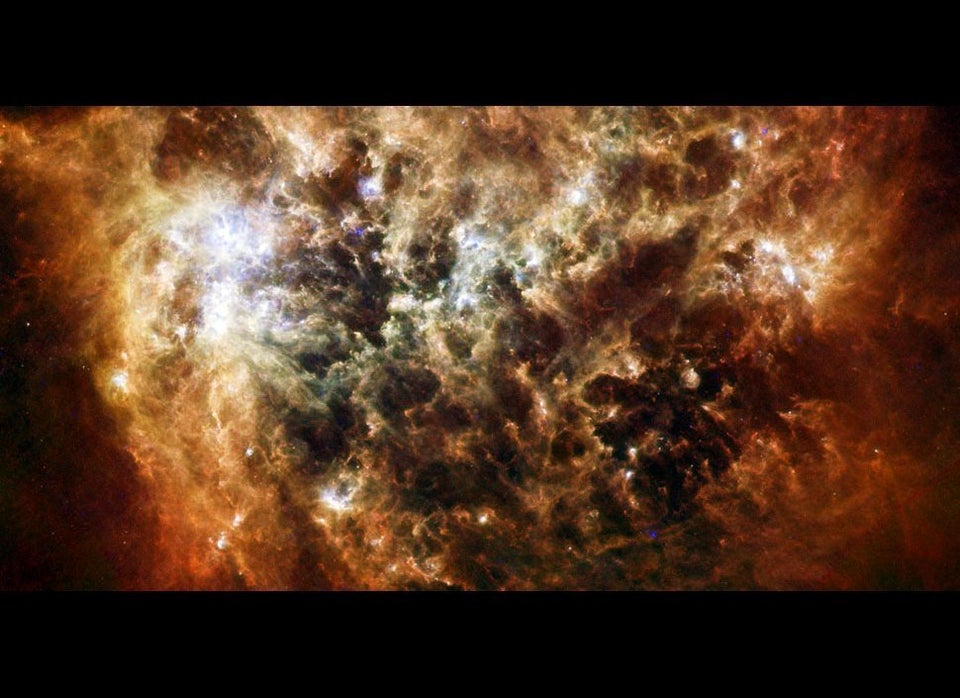By Irene Klotz
CAPE CANAVERAL, Fla., Sept 16 - The space shuttle Endeavour, built to replace NASA's lost ship Challenger, prepared for a final flight this week, heading not into orbit but west to a Los Angeles museum.
Riding piggyback on top of a specially modified 747 jet, Endeavour will be the second of NASA's three surviving shuttles to leave the Kennedy Space Center and begin new roles as space ambassadors.
"We finally get to really show her off," NASA astronaut Kay Hire, who flew aboard Endeavour in 2010, told reporters on Sunday on the shuttle's runway. "It's a great vehicle, but it was designed in the '70s. We've modified it along the way and it's certainly served us well, but it is time to move on."
Endeavour was built as a replacement for Challenger, which was destroyed in an accident that killed seven astronauts in 1986. NASA lost a second shuttle, Columbia, and seven more crew members in 2003. That ship was not replaced.
Endeavour's lifespan was relatively short by shuttle standards - 25 missions over 20 years, totaling 299 days in space.
But those flights ran the gamut of orbital odysseys, including the sheer moxie of its May 1992 debut when three astronauts made an impromptu and unprecedented spacewalk to rescue a stranded Intelsat communications satellite.
Eighteen months later, Endeavour flew a high-stakes mission to repair the Hubble Space Telescope, which, to NASA's horror, had been launched in 1990 with a misshapen primary mirror.
A dozen of Endeavour's missions were devoted to building and outfitting the International Space Station, a $100 billion research laboratory that flies about 250 miles above Earth.
In December 1998, Endeavour carried the first U.S.-made piece of the fledgling station, a connecting hub named Unity that astronauts attached to the Russian-launched Zarya base module.
Twelve years later, Endeavour carried the last U.S. connecting node, Tranquility, as well as the station's gemstone - a dome-shaped room of windows for outside viewing.
Its final mission in May 2011 was to deliver and install a $2 billion particle detector that is searching the cosmos for signs of dark matter and other exotic phenomena.
The shuttle, named after the ship that 18th century British explorer James Cook sailed during his first voyage of discovery in the Pacific Ocean, will spend its retirement at the California Science Center in Los Angeles.
Sister ship Discovery, NASA's oldest surviving shuttle, is on display at the Smithsonian Institution's Steven F. Udvar-Hazy Center outside Washington.
Atlantis, which flew NASA's 135th and final shuttle mission in July 2011, will not need a plane ride to reach its retirement home. In November, it will be towed down the road to the Kennedy Space Center Visitor Complex.
HEADING WEST
Endeavour's cross-country flight was due to begin after sunrise on Monday, but a cold front moving over Texas and into the Gulf of Mexico will delay its departure until at least Tuesday, NASA said on Sunday.
Endeavour will make a low pass by the beachside communities surrounding the Kennedy Space Center before heading west. Additional low flyovers past NASA centers in Mississippi, Louisiana and Texas are planned, weather permitting, before a two-night layover at Ellington Field near the Johnson Space Center in Houston.
Endeavour is due to depart Houston at dawn Thursday, refuel at Biggs Army Airfield in El Paso, Texas, then make low passes over the White Sands Test Facility near Las Cruces, New Mexico, and NASA's Dryden Flight Research Center at Edwards Air Force Base in California, before landing around midday at Dryden.
On Friday, Endeavour will be flown to northern California to pass by NASA's Ames Research Center at Moffett Field, California, and various landmarks in and around San Francisco, Sacramento and other cities.
The final leg of the journey will take Endeavour on a tour over Los Angeles before the 747 jet touches down at Los Angeles International Airport around 11 a.m. PDT (2 p.m. EDT/1800GMT) on Thursday.
The shuttle will be taken off its carrier jet and moved to a United Airlines hangar to be prepared for transport next month to the California Science Center, located about 12 miles from the airport. It is due to go on display on October 30.
(Editing by Jane Sutton and Stacey Joyce)

